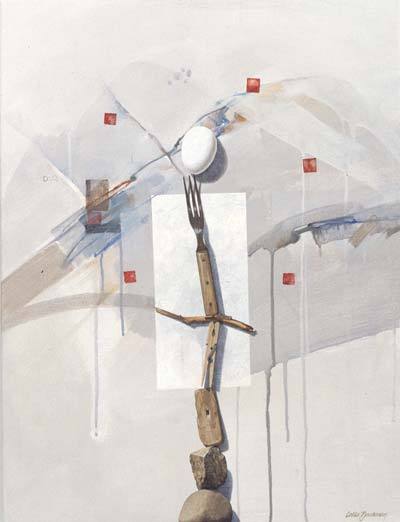“We must be willing to get rid of the life we planned so as to have the life that is waiting for us.”
—Joseph Campbell
This week is the final week of my Art Entrepreneurship class. Last week, Dr. Essig asked us a tough question “When you are the decision maker, and you create a start up with your team putting years efforts in it, and finally you have set up a successful enterprise, then, you might face a situation that people want to replace you for the enterprise’s further development. What will you do?” The question is tough but real.
I thought that if an entrepreneur was only money-driven by the first day he/she decided to be an entrepreneur. It might be much easier for him/her. During the “curtain call”, the entrepreneur can take the money that he/she deserves, and have a decent farewell with audiences. However, if an entrepreneur is only money-driven, how can he/she achieve a real successful enterprise?

OFO BIKE-FROM INTERNET
I cannot remember when it is the first day that I see many abandoned sharing bicycles on the campus. The bicycles are from OFO, an enterprise providing sharing bicycle system in Beijing, China. It’s glad to see an enterprise has an international credit, but what is next? In my first blog post, I have noticed that the entrepreneurship trend is everywhere in China few years ago. Thousands of angel investors, government grants, entrepreneurs, new ideas are released into the market. The concept, sharing economy, attracts billions of investments. In 2014, OFO enterprise was built, and it was the first enterprise providing a completed bicycle sharing system by four Peking University graduate students. Then, they take part of the national market. In 2017, Mobike enterprise was built by a technology corporation, the team took another part of national market due to their connections with other national big tech corporations. Then, they are the two big sharing bicycles providers in the nation. But from 2010 till 2018, hundreds of bicycles sharing system providers pop up in the market but ended up with failure. For example, Wukong bike, 3Vbike, and Dingding Bike announced bankruptcy during those years. Furthermore, it raised a trust crisis that they cannot afford the guarantee deposit to their consumers. Many customers just take their loss on themselves since nobody wants to assume a company to a court due to only a hundred bucks loss. Do the CEOs get what they want? Yes, annual salaries, and benefit. Even Mobike, which is still in the market, is sold to another big commercial corporation. If they are seeking for money, selling the enterprise to another big corporation, the corporation will pay for them, or even jumping into stock market, the public will pay for them. The start up teams get what they want if they are money-driven.

A sharing bikes recycle space-photo from internet
But, the truth is, for many entrepreneurs, money is not the whole story.
Do you remember how many middle nights that you have spent in working in front of your desk? Do you remember the day when you talk with people to test your ideas although you are a person who doesn’t like to spend time taking with people that you are not familiar with? Do you remember your last failure? Even it is hard to admit your failure, but you feel happy because this failure will make a progress of the start up. Do you remember how many days you don’t have a date with human beings, just staying in the studio and establishing your minimum viable product? You have input your passion, commitment, personal emotion, and even your life in your startup and your product. When you are forced to leave the enterprise, you may lose passion, commitment, and your joy.
Sometimes, for entrepreneurs, an enterprise is and expression of their idea, value, and mission. But don’t be afraid of your future loss before you start your work, life is a dream, don’t plan it, realize it, and see what it will bring us.
Cheers
Dong

















